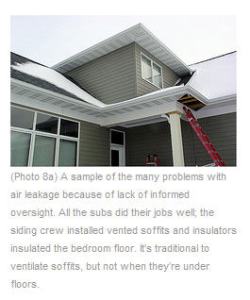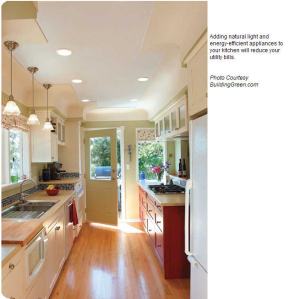Starting next week the VA in San Diego will have an appraiser that is well qualified to appraise energy-efficient and green properties. Rene Seabourne of Southern California Appraisal Services, Inc has been added to list of fee panel appraisers for the VA loan program.
Ms. Seabourne is one of the few appraisers in the country qualified to appraise green and energy efficiency properties and now our vets will be able to take advantage of her expertise. Ms Seabourne not only is a Certified Residential Real Estate Appraiser but she is a BPI Certified Building Analyst, a Certified Green Real Estate Professional and Certified Solar System Designer.
Ms. Seabourne has been called on numerous times to help homeowners rebut prior appraisals that gave no adjustment for energy upgrades and solar systems. “Every week I get calls from homeowners telling me they did not get credit (adjustment) for their energy upgrades or their solar system and were told there is no value because there are no comps to support value. Every case is unique but there are other ways of determining value beside available comps; and most appraisers are not aware of the other methods or just do not know how to do an energy-efficient property”.
Energy efficient properties will only increase in the future and make sure you get the value you deserve. Request a qualified “green” appraiser from your lender to insure you get the value for your upgrades.
If you have any questions about “green” property appraisals contact the appraisers at www.scappraisals.com
Ms. Seabourne is the chief residential appraiser at Southern California Appraisal Services located in San Diego and is also a certified FEMA inspectors as well as her other accomplishments. Ms Seabourne will continue doing conventional appraisal work as well as her VA work. Call the experts at Southern California Appraisal Services for your appraisal needs.
Disclaimer: for information and entertainment purposes only



